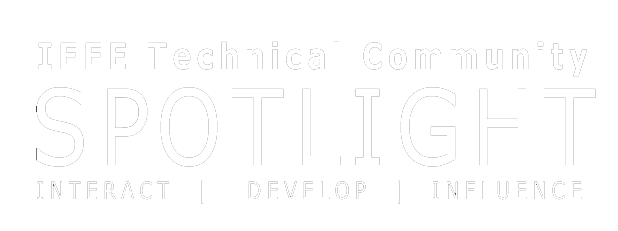VTS 75th Anniversary
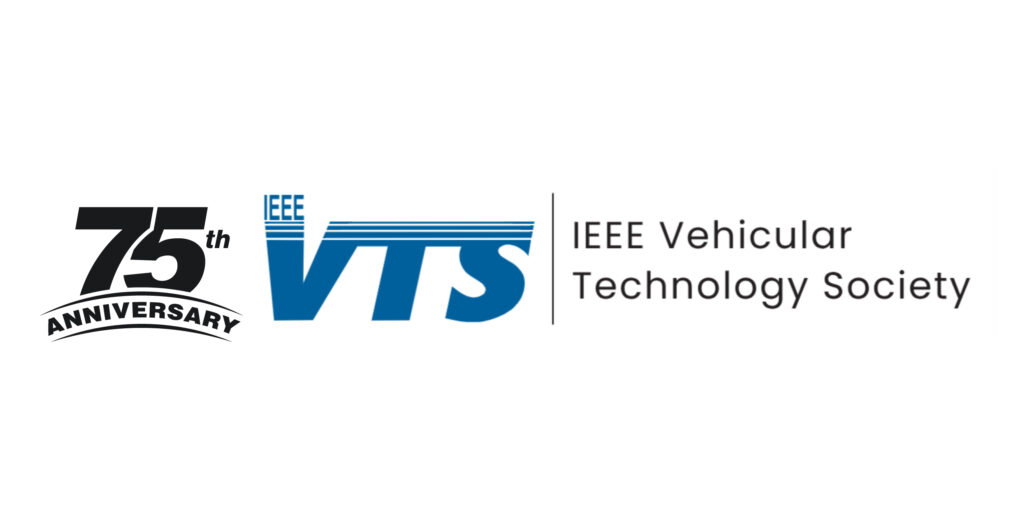
So why are cellphones ‘vehicular technology’? Simple: early mobile phones used to need a vehicle to carry them about. When IEEE Vehicular Technology Society started, as the sixth professional group of the Institute of Radio Engineers in 1949, it was the ‘Vehicular and Railroad Communications Group’. Broadcast radio dispatch to police vehicles started in Detroit […]
SURVEY: Provide Insight on Your Workforce’s Skills Development Needs

SURVEY: Provide Insight on Your Workforce’s Skills Development Needs. Help IEEE Technical Activities understand the challenges faced by industry managers by completing a short survey.
The most value from membership
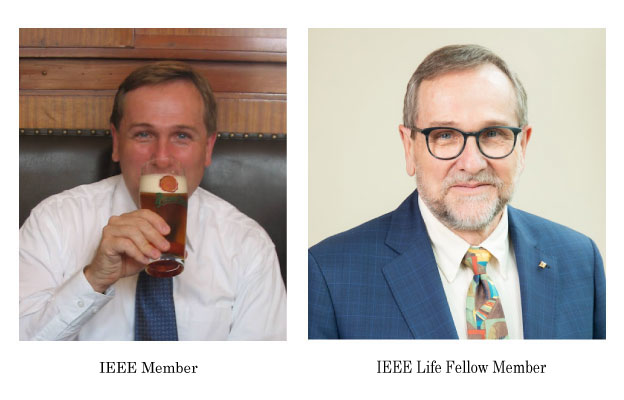
By: Fred Schindler
I’ve found great value in my IEEE membership. Yet I frequently hear the complaint that members don’t get much in return from joining. Sure, Spectrum and The Institute are included with membership, and they are great. But is that all?
Synthetic Biology Sensing Systems for Tackling Global Challenges
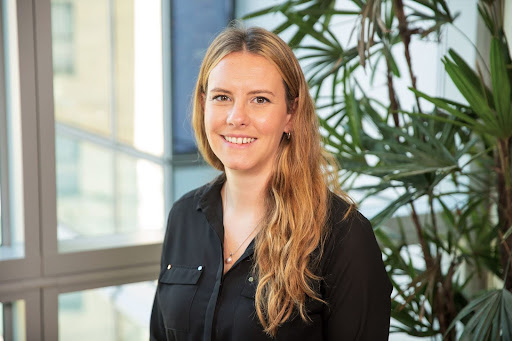
Antimicrobial resistance is a rapidly increasing and deadly global health threat that is undermining progress toward achieving UN Sustainable Development Goals related to health, food and water security, and economic growth.
Celebration of the 75th Anniversary of the IEEE Antennas and Propagation Society and its Accomplishments
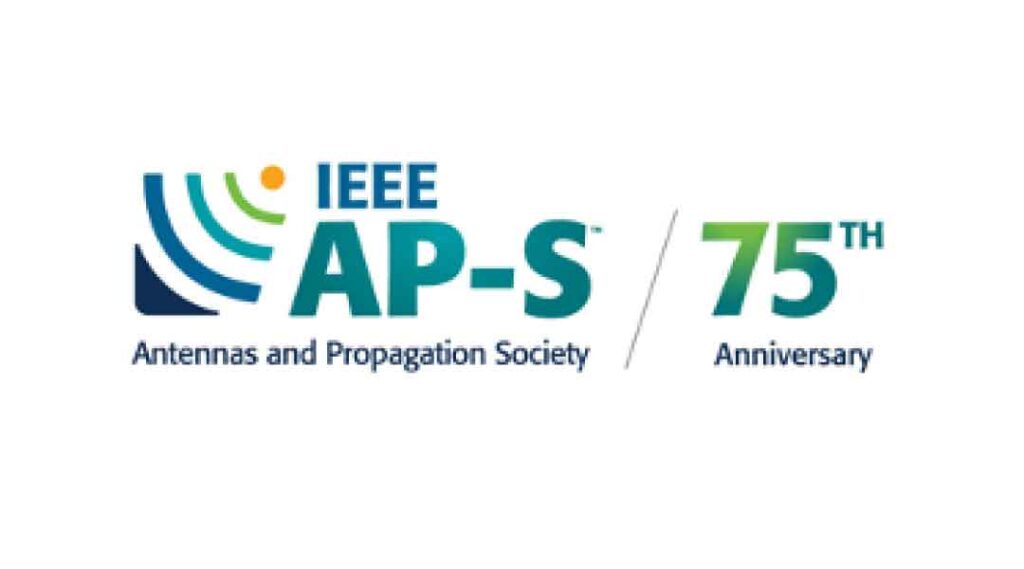
Antenna, RF, wireless and other electromagnetics-related technologies are exploding! A part of the IEEE, the IEEE Antennas and Propagation Society (AP-S) is dedicated to advancing the theory and practice of antennas, propagation, and electromagnetics technology for the benefit of humanity and fulfilling the technical and professional goals of its worldwide membership and the AP community […]
IEEE Power & Energy Society’s Cornerstone of Role as IEEE Celebrates its 140th Anniversary

The Power & Energy Society (PES) has been a cornerstone of IEEE since the origin of the IEEE on January 1, 1963.
IEEE Technical Activities and Educational Activities Team Up Supporting STEM
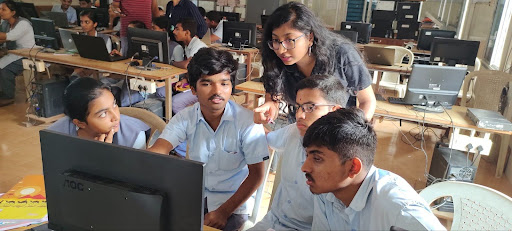
Many of IEEE’s Societies, Councils, and Technical Communities are engaged in efforts to build the next generation of engineering professionals by supporting STEM outreach activities in their unique technology areas.
Meeting Gen Z and Millennials Where They Are (and Want to Go)

Many Gen Z and Millennial IEEE members see IEEE as, “an elder, wise mentor,” or often compare IEEE to one of their professors.
Can You Get It if You Really Want It?

I had an inspiring experience early this year. It was unexpected, which made its impact feel even greater. It left me contemplating what more we can do as IEEE and in Technical Activities.
